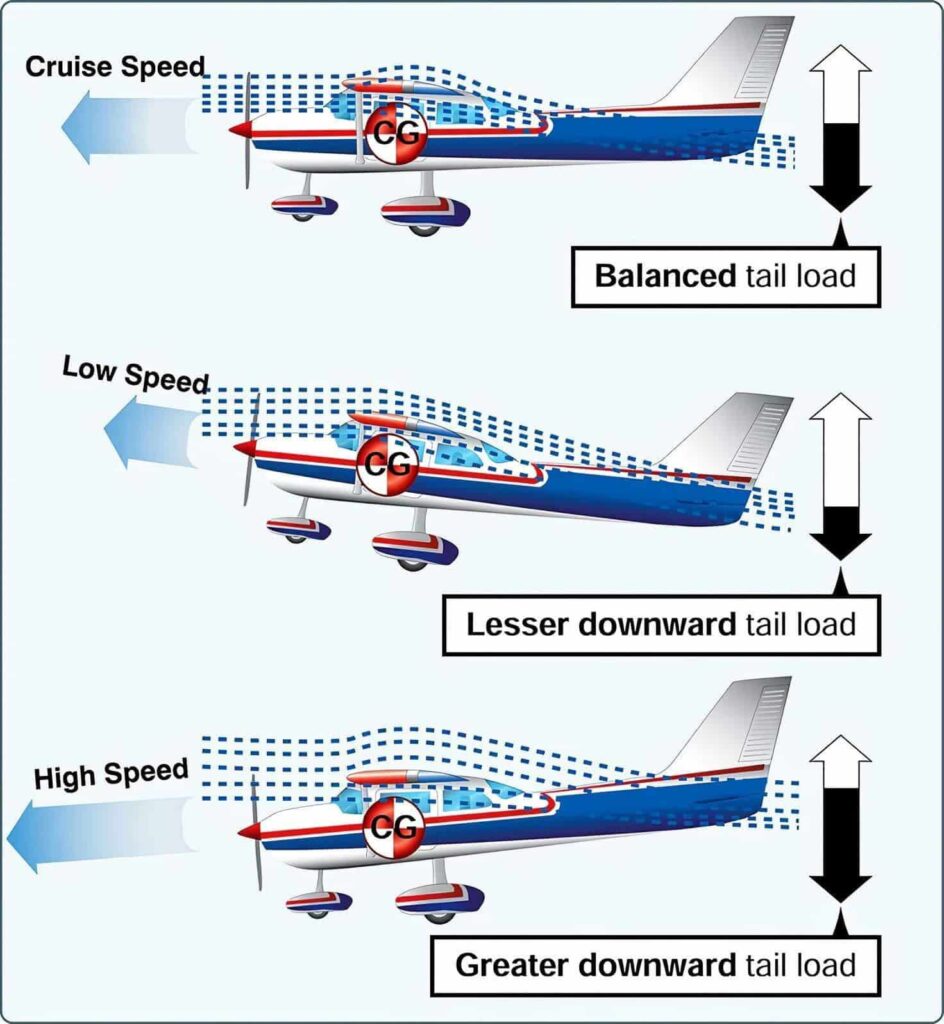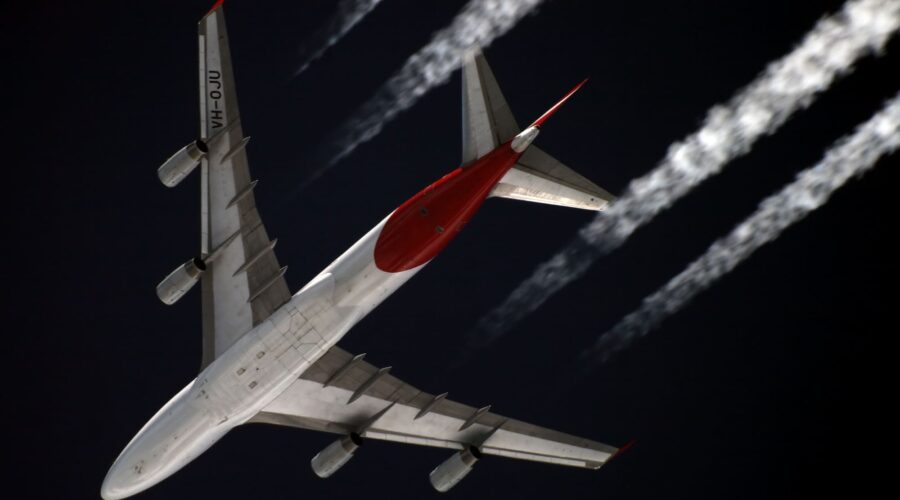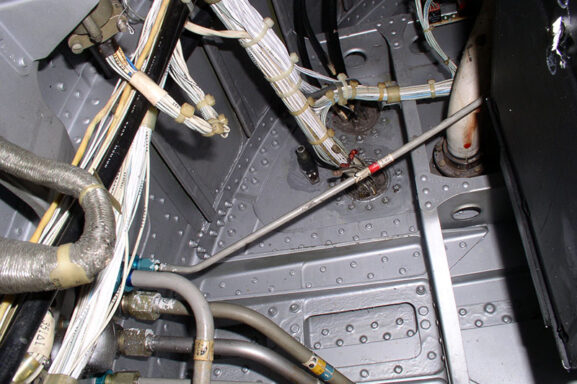How Speed Affects Tail Load and Stability in Flight !
The relationship between an aircraft’s speed and its tail load plays a critical role in stability and control. As shown in the image, the tail experiences different aerodynamic forces at varying speeds, affecting how the aircraft maintains level flight.
Cruise Speed 🏁
✅ Balanced tail load
✅ Aircraft remains stable with minimal control input
✅ Center of gravity (CG) and tail forces are optimized for steady flight
Low Speed 🛑
🔹 Lesser downward tail load
🔹 Reduced airflow decreases the stabilizing effect of the tail
🔹 Can lead to a nose-up tendency, requiring pilot correction
High Speed ⚡
🔸 Greater downward tail load
🔸 Increased airflow generates more downward force on the tail
🔸 Helps maintain stability but may require trim adjustments to avoid excessive nose-down movement
Understanding these effects is crucial for smooth and controlled flying. Pilots adjust trim settings and control inputs to ensure stability at different speeds!




